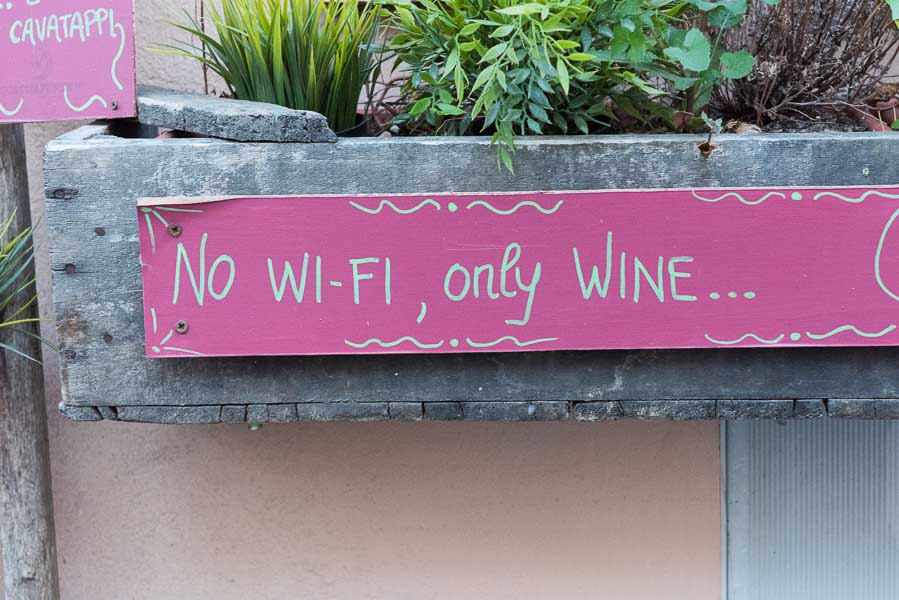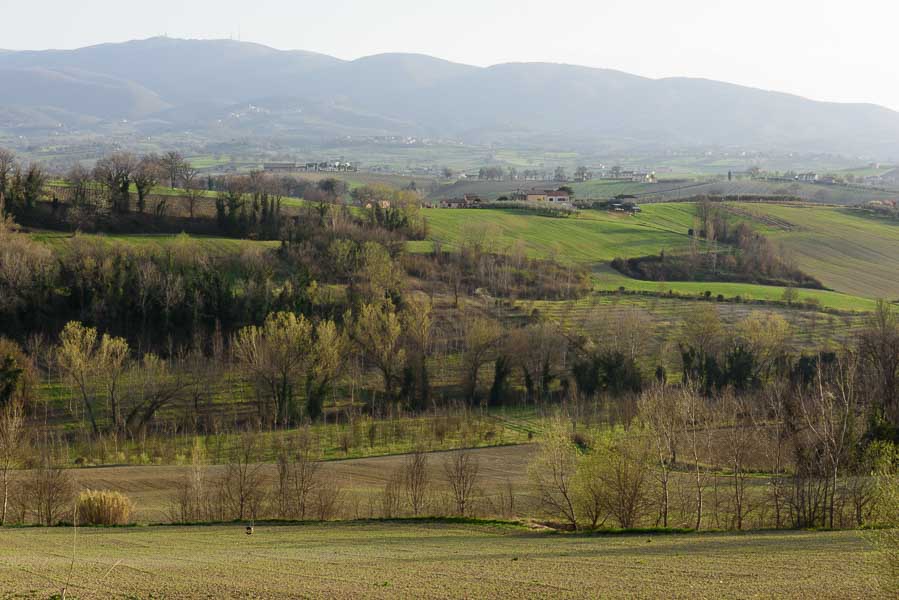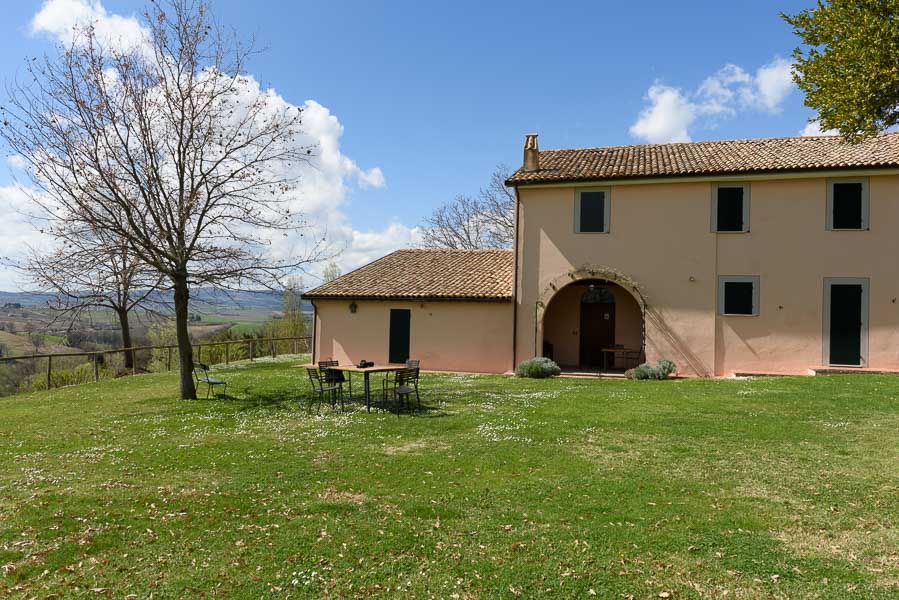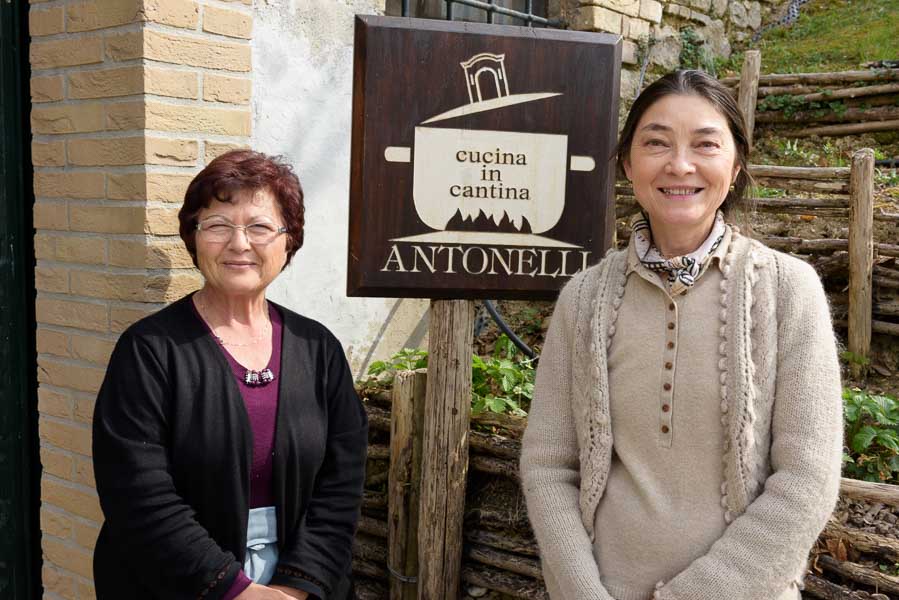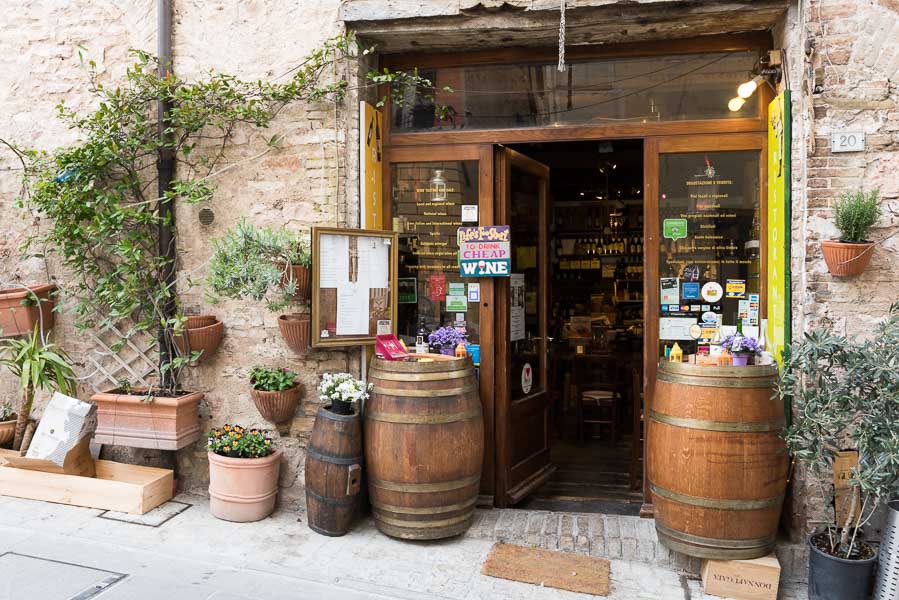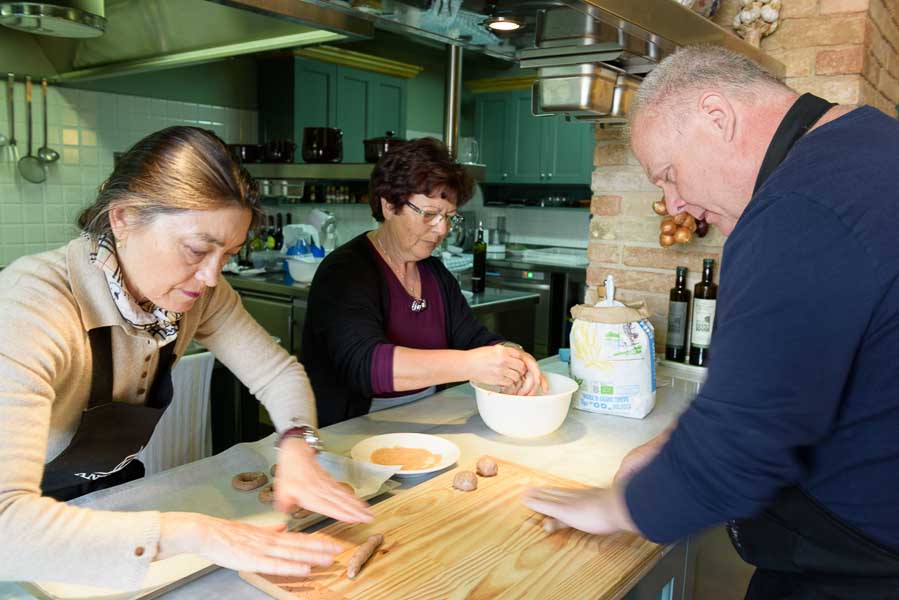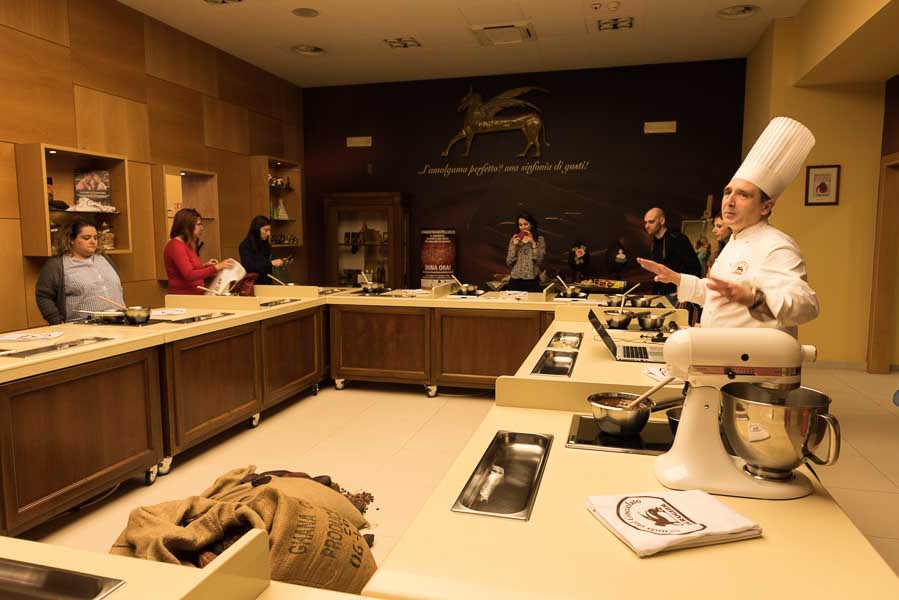In Umbria, the green heart of Italy, my husband Matt and I took a cooking class with Wendy Aulsebrook at the Antonelli San Marco winery. We learned how to hand-roll fresh pasta dough, flip a frittata without making a mess, and how easy it is to roast a delicious chicken. We brought Wendy’s cookbook of Umbrian recipes and techniques home with us.
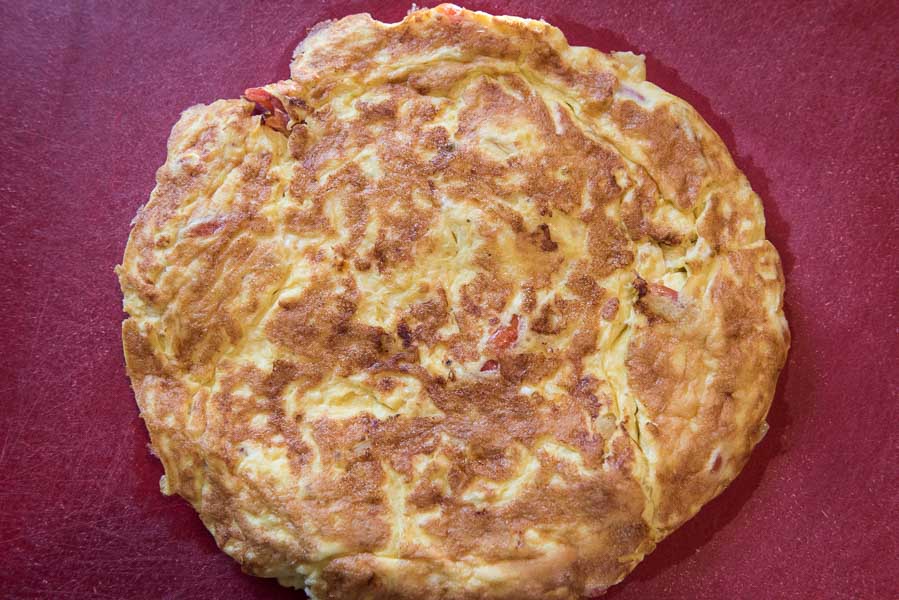
Italians eat frittate all day long, warm when freshly cooked, then at room temperature. Since we’ve returned from Umbria, I make frittate weekly, using any leftover vegetables and herbs I have on hand. It’s an easy dinner when nothing else is thawed, and a treat for breakfast. Every time I put my plastic cutting board on the frittata pan, flip it over, and slide the frittata cleanly back in the pan, I think of Wendy, our cooking class, and Umbria.
A few weeks ago, I looked through Wendy’s cookbook for a dessert recipe. Crostata di Filomena, (Filomena’s Jam Tart) looked not-terribly-difficult. After mixing flour, eggs, olive oil, vanilla, baking powder, lemon zest, and sugar by hand to make dough, I kneaded the mess until it became a mass. I rolled it on my pastry board for what felt like a good workout, and then stretched the dough in my tart pan. I spooned organic blueberry jam from Costco atop the crust. Matt helped me roll out and cut the decoration strips for the top. Thirty minutes later, I took the tart out of the oven and tried a tiny slice to make sure we could serve it to our company.
Filomena’s Jam Tart was half-eaten by the time I thought to take a picture of it. It was crisp, flavorful, all natural, and not too sweet. The leftovers did not last long. If we had not taken Wendy’s class, I might have seen a recipe like this and thought it was too much effort. Who knew there was a right way to roll dough? Well, probably many people. But I was not one of them until we traveled to Umbria and took a cooking class.
I wear my Antonelli souvenir apron when I cook, but the memento that means more to me is my old towel that Wendy taught us to hang from our apron strings, or the emails I still exchange with her. I dry my hands on the towel and think of the sun setting over the vineyards. My favorite keepsakes are things I have learned because I’ve traveled, the imprint my journeys have made on my personality, and the friends I’ve made along the way.
Wendy’s Onion frittata recipe:
2 small white onions
6 eggs, preferably organic free-range
2 Tablespoons (40 g) freshly grated Parmesan cheese. (Please do not use the green can.)
Salt & Pepper to taste
1 Tablespoon (20 ml) Extra Virgin Olive Oil
(Can substitute onions for vegetables such as: tomatoes, bell peppers, zucchini, mushrooms, potatoes, asparagus, peas, artichokes)
Prepare ingredients:
Peel onions, slice in half lengthwise and then slice finely.
Break eggs into a medium-sized bowl and beat with a fork for 1 minute.
Add parmesan, salt and pepper; beat.
Cook frittata:
Heat olive oil in a 9” or 24 cm pan.
Fry the onions over medium heat for 2-3 minutes, stirring with a wooden spoon. Then add enough water just to cover the base of the pan. This ensures the onions are well cooked and prevents them from burning.
Continue to sauté until the onions are soft and golden, about 5-10 minutes.
Remove pan from heat and add the beaten eggs.
Return pan to heat and cook over a medium heat stirring gently with a wooden spoon for 5-6 minutes, or until set. (I use a small spatula.)
Loosen the frittata from pan by running a spatula around its edge.
Remove pan from heat, place a large flat plate or flat lid over pan, and hold the two together firmly and turn over in one swift movement.
Return pan to heat; slide frittata into pan so that the cooked side remains uppermost. Cook for a further 5 minutes.
To serve: Transfer the frittata onto a serving plate and serve either hot or at room temperature.
Frittata with aromatic herbs: substitute the onion with 1 clove or garlic, peeled and finely sliced, and 1 sprig each of the following herbs: basil, parsley, thyme, and marjoram. Wash, dry, and finely chop the leaves of the herbs. Add garlic and herbs to the beaten eggs.
Cook according to recipe above.
Buon appetito!

